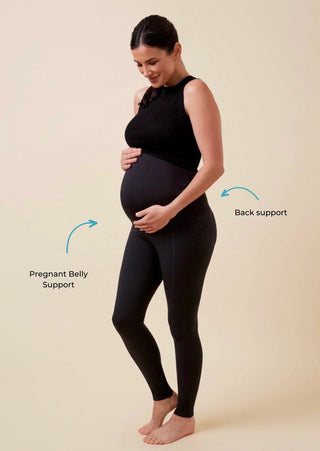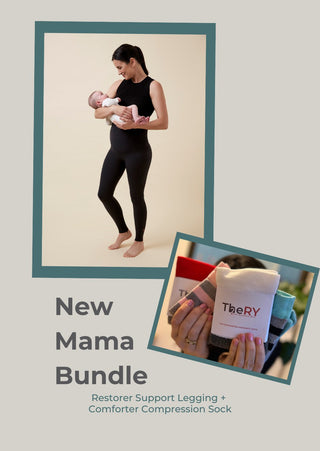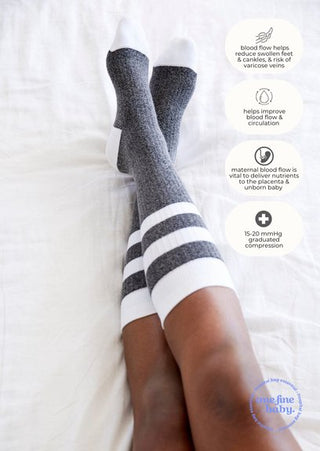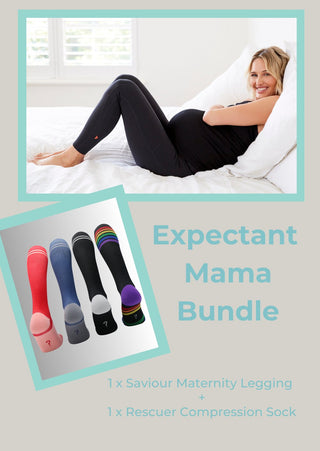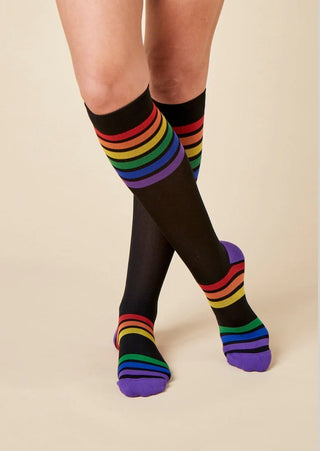Shop Pregnancy & Postpartum Compression Leggings
TheRY’s Pregnancy and Postpartum Compression Leggings Collection is designed to support you through every trimester. Whether you’re managing a growing bump, recovering after birth, or simply looking for comfortable and stylish leggings with real benefits, we’ve got you covered. Our leggings combine 15-20mmHg graduated compression to help promote circulation and reduce swelling.
For mamas-to-be, our pregnancy compression leggings feature an ultra-soft over-the-bump panel that stretches with your growing belly. With 15-20mmHg graduated compression, these leggings improve circulation and reduce swelling Targeted compression panels provide gentle back support.
Postpartum, our support leggings are made to help with abdominal separation and c-section recovery. The compression panel offers targeted abdominal support to help your muscles as they move back in place, reduce swelling, and provide protection during C-section recovery.
TheRY’s are made from premium fabrics that feel luxurious while offering real benefits. With a modern, streamlined design, they look as good as they feel—no ugly seams, no shiny finishes, just versatile pieces you’ll want to wear every day.
From pregnancy to postpartum recovery, TheRY’s compression leggings are a smart investment for comfort, support, and style. Choose leggings that truly deliver—because you deserve the best for yourself and your baby.
FREQUENTLY ASKED QUESTIONS
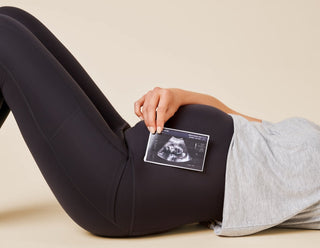
What you wear can affect the health of your unborn baby.
3 min read BY THERY GROUP When going for checkups and seeing you baby in a sonogram, every mother wants to know they are doing the best for the health...
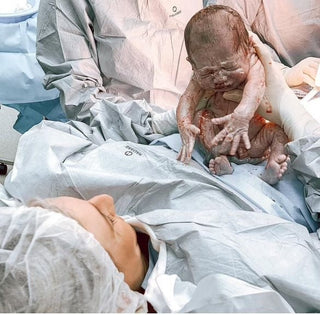
Planning a C-Section? Your top 10 questions answered.
12 min read BY LAUREN BRENTON | ENDORSED MIDWIFE & CHILDBIRTH EDUCATOR There are about 30% of births being delivered by caesarean section. Midwife Lauren Brenton joins us for this informative...

How Can Compression Leggings Benefit My Health During Pregnancy?
7-8 min read | Discover how maternity compression leggings can reduce swelling, prevent varicose veins, and support circulation during pregnancy. Learn about their benefits, uses, and how they enhance comfort...

